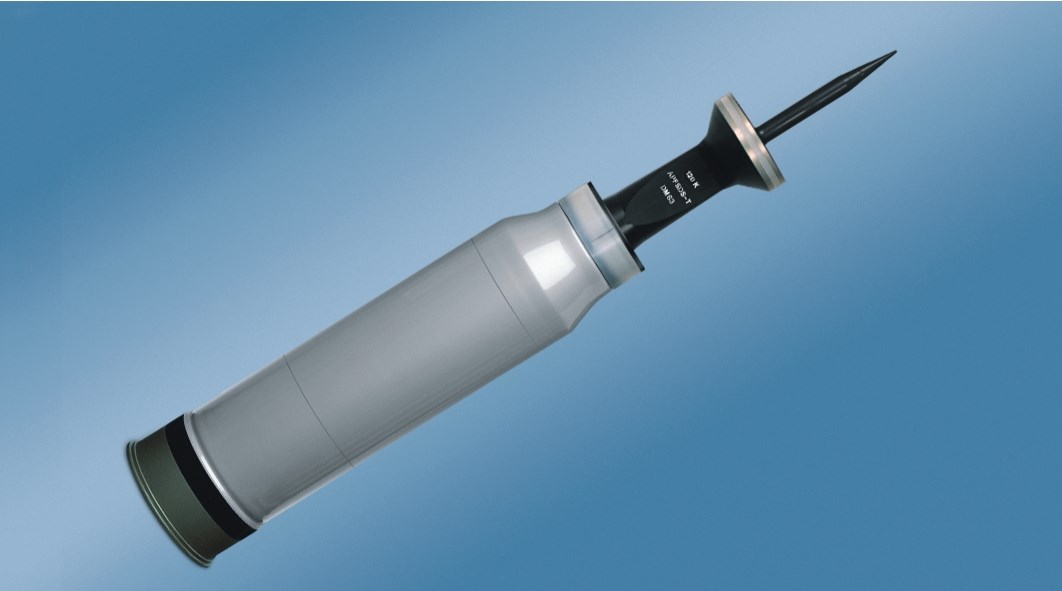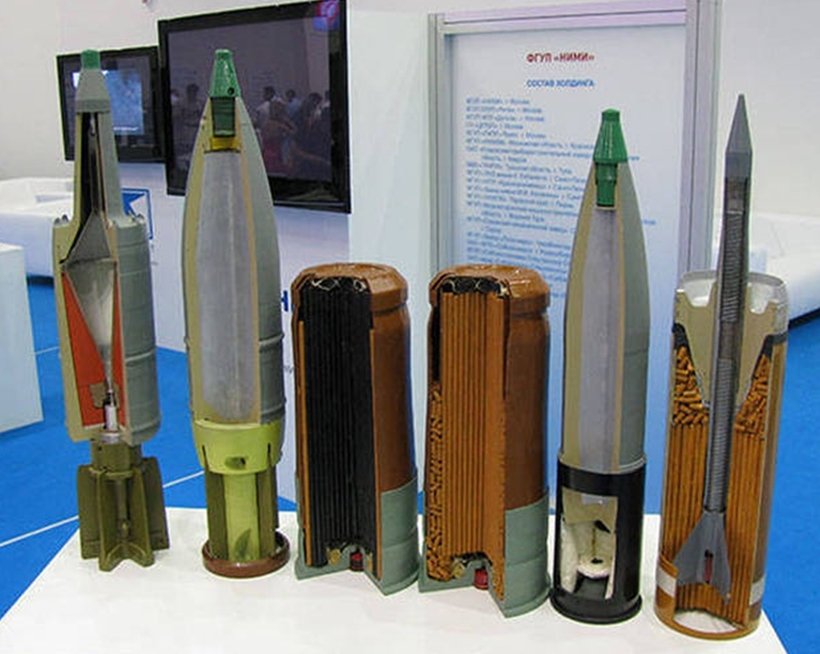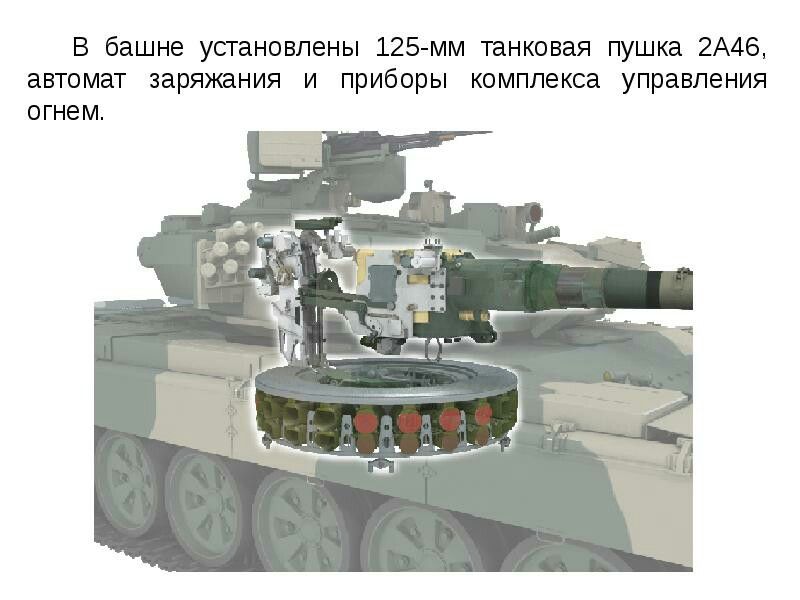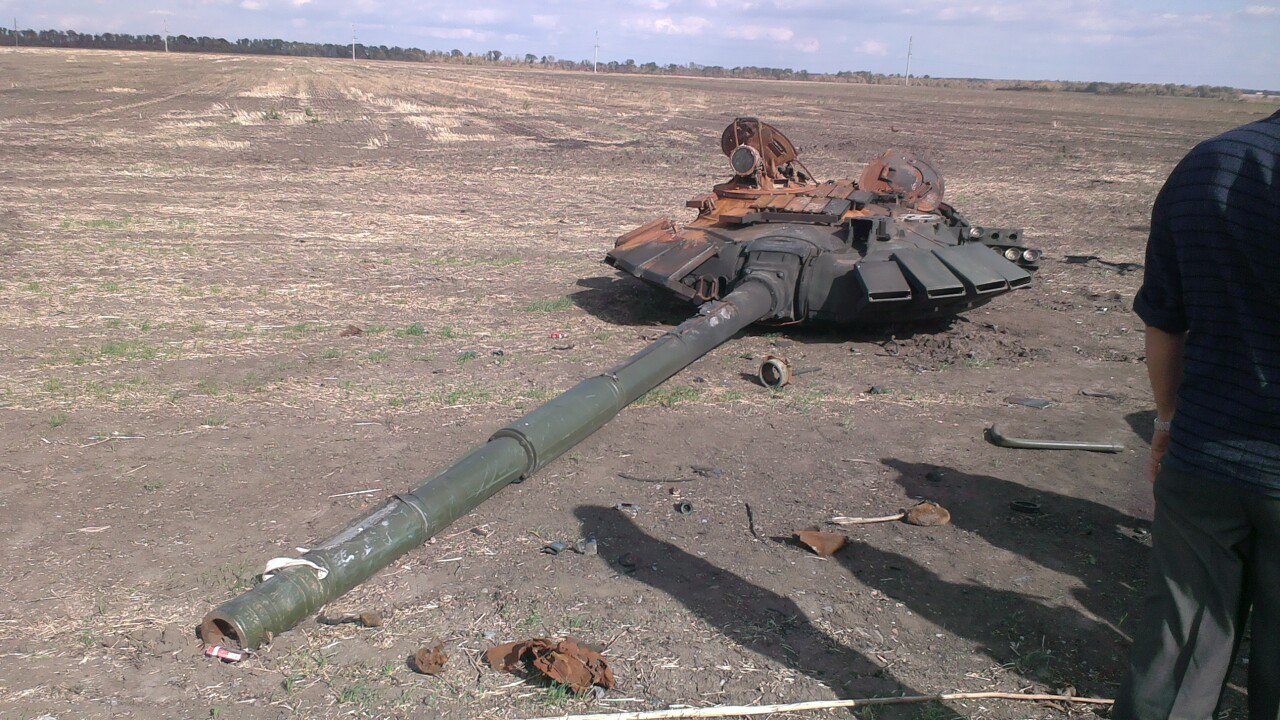I'm not a tank expert but I try to answer as neutral as possible without the fanboyism attached.
So when it comes to tanks, there are 4 main parameters to determine a tank capability, those are:
- Firepower
- Protection
- Mobility
- Crew comfort
NATO and the Warsaw Pact differ in their design philosophy when it comes to design, this off course because they had a different doctrine on the use of tanks in the battlefield. Manufacturers design their tanks based on the criterion the army gave them which based on how they intended to deploy the design itself.
A. Firepower
NATO and Warsaw Pact differ in their methods of delivering projectile. Both uses APFSDS (KE) for anti armor role and HEAT (CE) for dual anti-armor/personell/fortification role. However NATO emphasis the use of single piece ammunition while Russia opted for the use of dual piece ammunition.
here's what a typical NATO APFSDS rounds look like.
while here's what a typical Russian APFSDS looks like (ammo and sabot are separated)
that's because NATO put an emphasis on manual loaders while Russia put an emphasis on auto loader because Russia prefers smaller tanks which means the Russian ammo will have to be compact enough to fit inside in a acceptable numbers. This is not surprising because even Russia put a limit on their tanker crew body size, Russian tanks are very very compact.
As armor develops, so it necessitate a longer rod, for example the DM63A1 rod are as long as 685mm and the latest US M829A4 the "silver bullet' are reportedly as long as 790mm.
the current most potent Russian dart penetrator are the Svinets 2 APFSDS at 740mm penetrator length.
issues with the use of APFSDS for KE rounds means that most of modern army uses smoothbore rounds which allowed for greater pressure in the barrel of the guns, with the odd exception of the Royal Army, everyone has left the rifled barrel since the T-62 came in the 60s.
The most powerful of all NATO guns are reportedly the 120mm Rhenimetall RH120 gun which comes in two size at 44 calibers length (L44) and 55 calibers length (L55). Calibers here means that you multiply the diameter of the round to the barrel length. That means a L44 gun has an approx length of 44x120mm or 5280mm.
For Russia with their 152mm rounds they go with the 2A62M with 52 calibers length, L52.
the longer the barrel the longer the penetrators go. Armies would usually go for the longer calibers gun, with some exception, notably the US Army which retains the shorter M253 gun derived from the RH120 L44, because their ammo, the silver bullet M829 uses more powerful materials for the penetrator using depleted uranium (DU) instead of the weaker tungsten rounds found in many NATO tanks.
the Svinets 1/2 are reportedly a DU round.
Noting earlier the difference in ammo storage and reloading configuration, next we're talking about the survivability of the tanks
2. Protection
NATO tanks are generally larger than that of the Russians, and by quite a margin as this pic will show.
source Reddit
That's because NATO as earlier noted, usually uses manually operated loader and that necessitate a room for an extra person in turret. Depending on the skills of the loader, a NATO tanks could deliver a more rapid volley of fire although it will be decreased through time by the human limit such as exhaustion.
here's what a NATO tanks loader look like
while here's a typical Russian revolver auto loader look like
source
and that from my own observation clearly favors NATO tanks, anyone can correct me on this one.
In a Russian tank the crew is literally sitting on top of an explosive, yes you have hundreds of Kgs of potentially exploding material right under you a**. When a penetration occurs and sparks lit from such penetration, it will instantly trigger the ammo below exploding. As a result the turret will turn into a spectacularly tragic jack in the box.
Hence why we all saw images like this all over the internet.
while NATO tanks store it's ammo separately in the back of the turret and uses what is called a blow out panel
one such incident proving the exceptional use of blow out panel is the Abrams operated by the Iraqi army against ISIS in 2015,
you could see that the tank exploded but the crew are safe (except for maybe burns and some scratch), but they're alive.
to be continued.....











